Deep Brain Stimulation (DBS) Unveiled: Myths vs. Reality You Need to Know
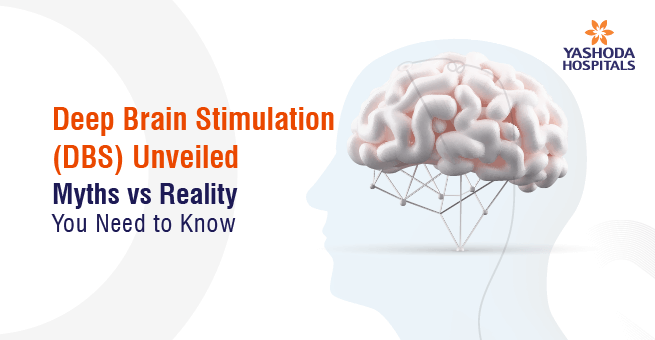
Introduction
Deep brain stimulation (DBS) is a revolutionary remedy for neurological conditions; however, it is often clouded with myths. These myths must be properly talked about in the light of facts to assist patient education and informed choice-making. Misgivings about such things as DBS being a cure, a last resort kind of treatment, or surgery that alters a personality cause unnecessary fears and dissuade access to a useful therapy. It is important to provide evidence-based information regarding what DBS actually does in terms of symptom relief, safety, and quality of life to patients considering the treatment. Empowered individuals able to make informed choices have less anxiety regarding their procedure, which in turn improves the effectiveness of DBS for enhancing the lives of patients suffering from debilitating neurological conditions.
Deep Brain Stimulation: A Neuromodulatory Intervention for Movement and Neurological Disorders
Deep brain stimulation (DBS) is an invasive neurosurgical procedure that places electrodes in specific regions of the human brain in order to modulate its neural activities. The intention of DBS is to interrupt the abnormal signals from the brain that produce movement and other neurological symptoms. DBS is mostly used to treat movement disorders, such as Parkinson’s disease or essential tremor, and less often for dystonia. Refractory epilepsy and therapy-resistant obsessive-compulsive disorder have also entered this branch of treatment. It could work for conditions such as Tourette’s syndrome, chronic pain, and perhaps even depression. The specific location for electrode implantation into the brain can be defined by the disorder being treated. When a medicine turns ineffective or brings intolerable side effects, such individuals may be considered for the DB procedure, provided that they meet specific eligibility criteria depending upon their conditions and general health.
DBS Myths and Facts
Deep brain stimulation (DBS) has revolutionized neurological disorder treatment, but misconceptions surround it. It’s crucial to distinguish fact from myth. The following are some of the common myths and their respective evidence-based facts:
- Myth: DBS is a cure for Parkinson’s disease.
Fact: DBS isn’t a cure but instead a therapy to help control motor symptoms and enhance the quality of life. - Myth: DBS is only for geriatric patients.
Fact: Although most DBS patients are older, younger people with advanced PD can also qualify. - Myth: DBS will totally eradicate all Parkinson’s symptoms.
Fact: DBS mainly addresses motor symptoms such as tremor, rigidity, and bradykinesia, but it has low effect on symptoms like cognition, postural imbalance, constipation, etc. - Myth: DBS is an experimental and dangerous procedure.
Fact: DBS is an established and FDA-approved treatment with several decades of research and clinical history. - Myth: DBS will turn me into a robot.
Fact: DBS applies electrical impulses to regulate brain activity, but it does not basically alter a person’s personality or transform him into a robot. - Myth: DBS is a treatment of last resort.
Fact: DBS is useful earlier in the course of the disease. DBS should be considered in three scenarios
1. Advanced PD: patient requires medication more than 5 times a day/has more than 2 hours of off/1 hour of dyskinesia
2. Drug resistant tremor
3. Patient has side effects of medications: confusion, hypotension, gastritis, ICDs - Myth: DBS will harm my brain.
Fact: In skilled neurosurgeons’ hands, DBS is a safe surgery with mild effects. - Myth: DBS renders you impervious to medication.
Fact: DBS frequently makes it possible to reduce medication dosage, but it does not eliminate the necessity for all medications. - Myth: Once you have DBS, you can never have an MRI.
Fact: Some of the newer DBS systems are MRI-conditional, which makes it possible to have safe MRI scans under certain circumstances. - Myth: DBS is a painful surgery.
Fact: The surgery itself is done under anesthesia, and discomfort after the operation is usually controllable with medication. - Myth: DBS will cure all my ailments.
Fact: Though it enhances motor function, DBS does not treat all of Parkinson’s or other neurological disorders. - Myth: DBS is only for Parkinson’s disease.
Fact: DBS also treats essential tremor, dystonia, epilepsy, and obsessive-compulsive disorder (OCD). - Myth: DBS is a quick fix.
Fact: DBS needs to be programmed and adjusted over time to maximize symptom control. - Myth: DBS is always effective.
Fact: Although very effective for the right candidates, DBS outcomes are determined on an individual basis and by the disorder being targeted. - Myth: DBS will prevent the worsening of my disease.
Fact: DBS controls symptoms but does not stop the underlying neurodegenerative process. - Myth: DBS battery replacement is vastly risky.
Fact: Battery replacement is a relatively minor procedure. - Myth: DBS will make me talk funny.
Fact: Although some people have temporary changes in speech, adjustments in stimulation can reduce these effects. - Myth: DBS will make me emotionless.
Fact: DBS may influence mood in some people, but emotional numbness is not generally a result. - Myth: DBS is similar to electroconvulsive therapy (ECT).
Fact: DBS and ECT are completely unrelated procedures; DBS involves focused electrical stimulation in particular brain areas, whereas ECT causes seizures. - Myth: DBS is a one-size-fits-all treatment.
Fact: DBS is extremely individualized, with parameters of stimulation adjusted to suit each patient’s individual needs and symptoms. - Myth: DBS is not meant for patients in advanced stages of disease.
Fact: An individual who requires intervention with DBS can be determined based on personal needs and severity of symptoms. - Myth: DBS batteries need to be changed every now and then.
Fact: Battery lives differ from one unit to the other; some are rechargeable and last for several years. - Myth: DBS patients cannot travel.
Fact: DBS patients can now travel by simply carrying their device identification cards and following certain guidelines. - Myth: DBS has something to do with losing coordination.
Fact: The purpose of DBS is to improve coordination by decreasing motor symptoms - Myth: DBS makes you dependent on the device.
Fact: The device enhances quality of life, but patients can function without it, albeit with symptom return.
Don’t Let Myths Hold You Back:
The Right Time for Consultation with a Specialist for DBS
The need for planning of deep brain stimulation (DBS) arises particularly when medicines become gradually ineffective or start producing unbearable adverse effects, as is seen in Parkinson’s disease, primary essential tremor, and dystonia. It is certainly time to visit the movement disorder and DBS-trained neurologist if one experiences a lot of motor fluctuations, disabling tremors, or medication-induced severe dyskinesias that are debilitating daily life. Early evaluation can help determine candidates and optimize results of treatment, perhaps making a big difference in the lives of these people.
Ready to Explore DBS?
Conclusion
In short, breaking the myths that surround DBS has been very essential in empowering the patients to make informed decisions regarding their healthcare. DBS is a therapeutic measure rather than a cure, relieving most of the symptoms of movement disorders and some neurological diseases. Thus, understanding the facts helps the patients make realistic treatment decisions so that they may improve their quality of life.
Yashoda Hospitals is a premier facility equipped to meet high-end neurological requirements and offers a well-rounded range of DBS services and treatments for different neurological conditions. It has a multidisciplinary approach: surgeries using advanced neurosurgical techniques, expert neurological assessments, and rehabilitative therapies collectively ensure personalized, effective patient care. This proves true and really has much more to offer through using the most advanced technology and stringent clinical standards.
Have any questions or concerns about your health? We’re here to help! Call us at +918929964241 for expert advice and support.
About Author –
Prof. Dr. Rupam Borgohain, Senior Consultant Neurologist and Programme Director-PDMDRC




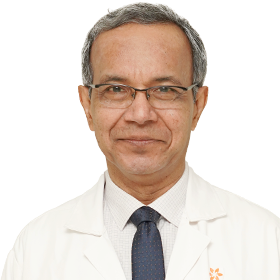
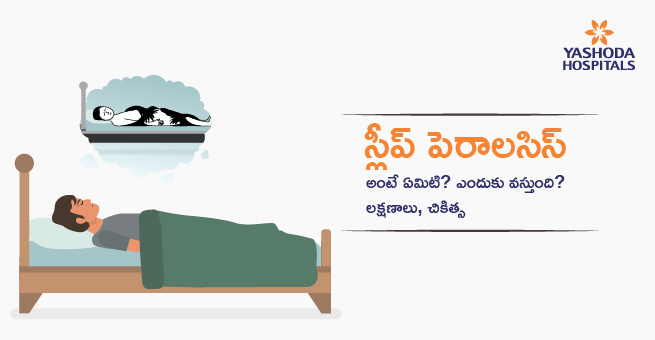
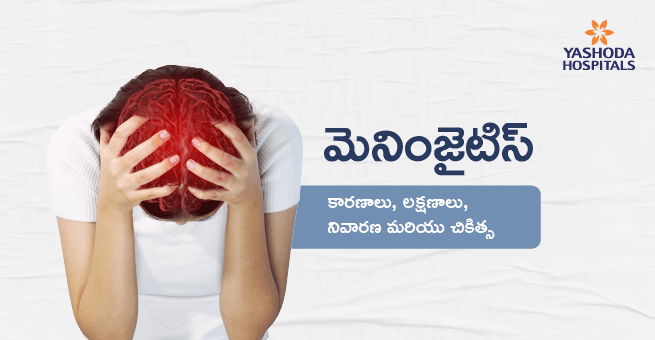
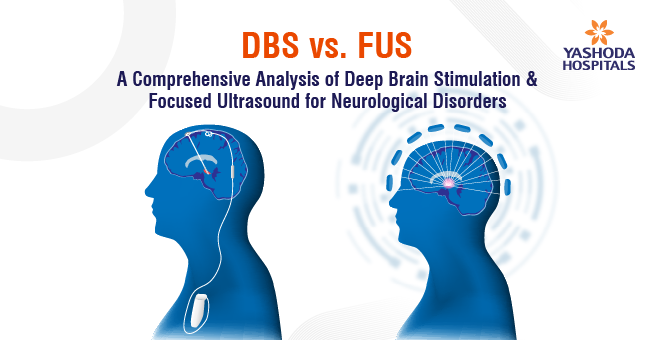


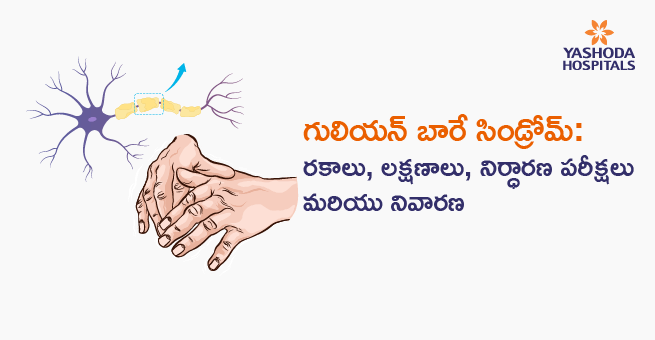
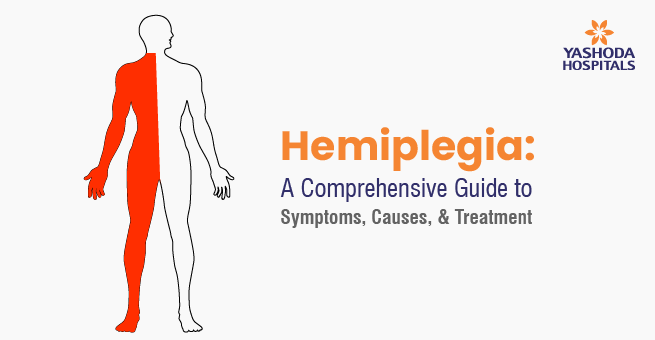



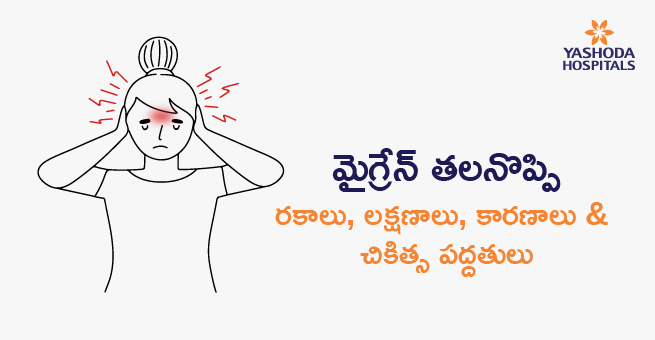




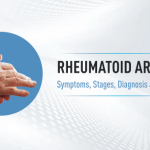
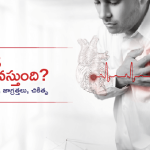
 Appointment
Appointment WhatsApp
WhatsApp Call
Call More
More

